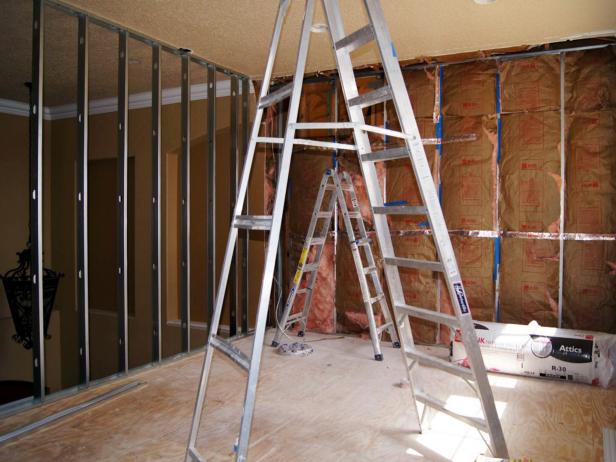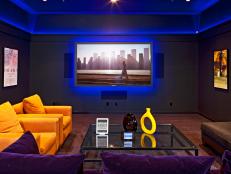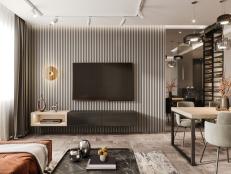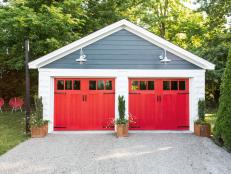Building a Home Theater

Brian Patrick Flynn
Home theaters have become a popular feature in all types of homes, and there are several important considerations to keep in mind if you'll be building a home theater any time soon. A custom entertainment space can add to a home's resale value as well as its enjoyment factor, and it provides a prime gathering space for family members and guests alike. Home theaters run the gamut in terms of complexity of design and expense, so if you're considering building one, you'll want to keep these key factors in mind to ensure you end up with the space that suits your design tastes and budgets best.
Designer Home Theaters and Media Rooms
See All PhotosBefore the first hammer swings to begin construction on your new home theater, you'll need to decide where it should be located in your home. In general, unless you have the square footage for a large, truly cinema-like space, you'll want to keep the confines of your home theater somewhat snug. Somewhere in the range of 20 x 13 or 20 x 15 feet is considered optimal for a home theater. A portion of a finished basement can often work, as can an enclosed wing off the living or family room, or a spare bedroom situated upstairs.
Soundproofing and lighting are two extremely important considerations for a home theater, and it's also a space you won't want to interrupt the overall business and traffic of the home. It should be as self-contained as possible, which brings us to the next factor: soundproofing. Optimally, sound shouldn't be able to enter the room from outside or escape from inside—which means starting the build with R30 insulation for the walls, floor and ceiling is a must. You'll then want to consider further soundproofing after the wiring has been installed, but this standard level of insulation is a good start.
Speaking of sound, your next step is to pre-wire your sound system. Most home theaters use 7.1 surround sound, which includes one subwoofer and seven channel speakers, left, right, center, two side and two rear. The center speaker is generally located just above the TV or projection screen, left and right to either side, and side and rear are located on the side and rear walls of the room.
Next up, you'll want to pre-wire the lighting for the room, which will be essential to creating ambiance in your movie-theater-like space. Home theater lighting often includes recessed lighting in the ceiling and sconces or similarly low-profile fixtures along the side walls. Connecting the lights to an RF dimmer will allow you to control the lighting with a remote. If your theater is gong to feature stadium seating, you'll also need floor lighting so guests can navigate the space when the lights are dim.
After the lighting is wired, it's time to install soundproofing and drywall. There are brands of drywall that are soundproofed as a feature, or if you want to use regular drywall, you can install high-density vinyl or other soundproofing material behind the drywall.
Next up, it's time to set up your video and sound systems. After your drywall is installed and painted (and you've made incisions in it to thread electrical wiring), you can hang your speakers, projector and screen or TV. You can disguise speakers with acoustic panels if you want a more seamless look for the space.
Finally, you'll want to install the furniture. Your options are many in the realm of home theater furniture, but in general you'll be able to choose from a range of armchair-like seating, either in single- or bench-seat form, in varying pricing and quality tiers.
See Also: Planning Your Own Home Theater
















































